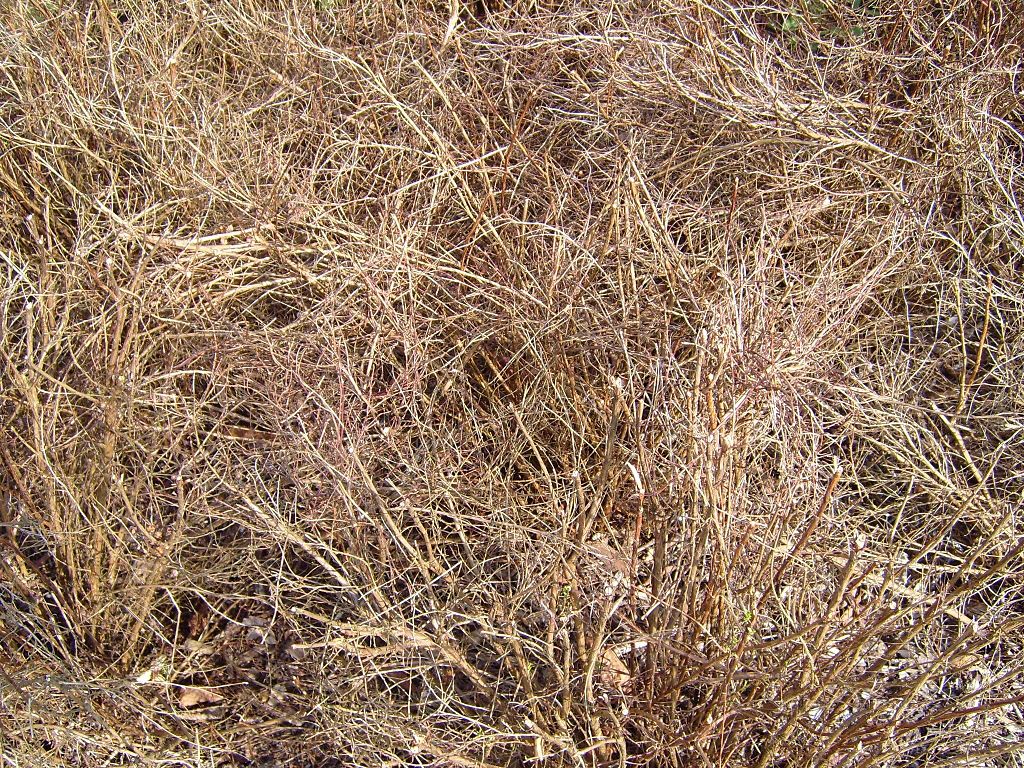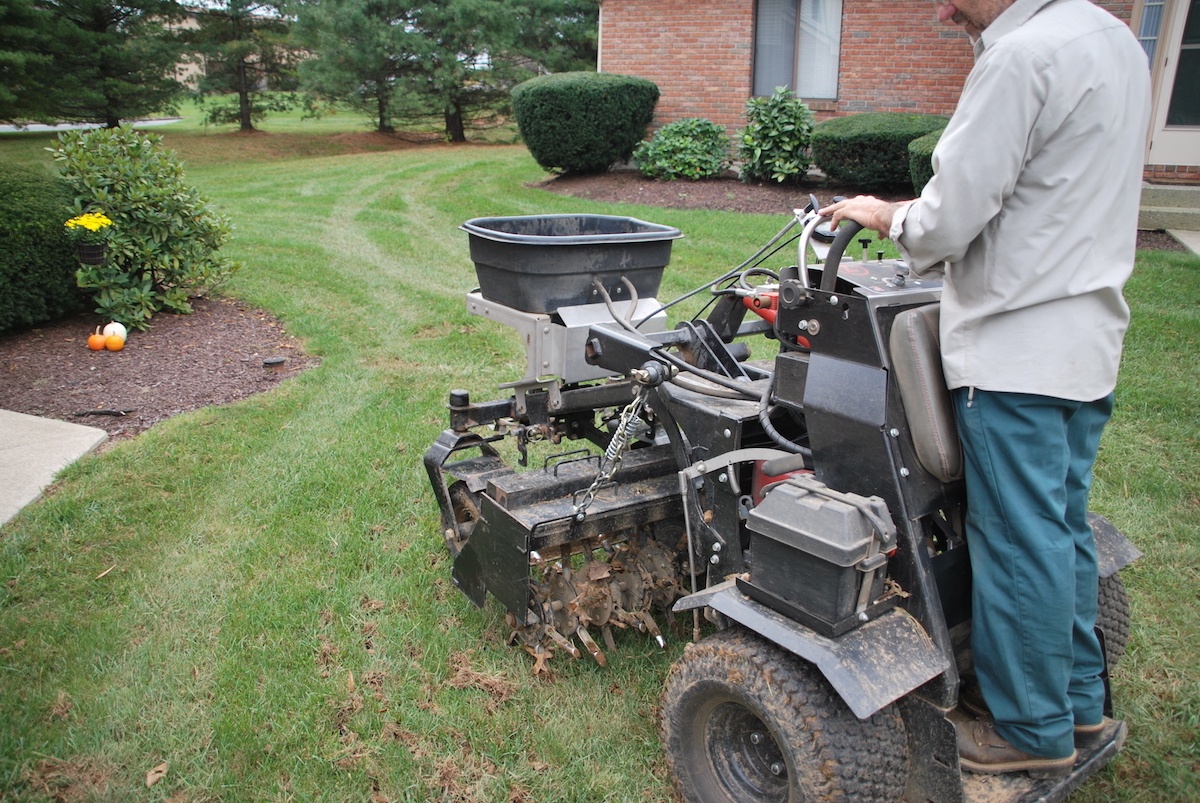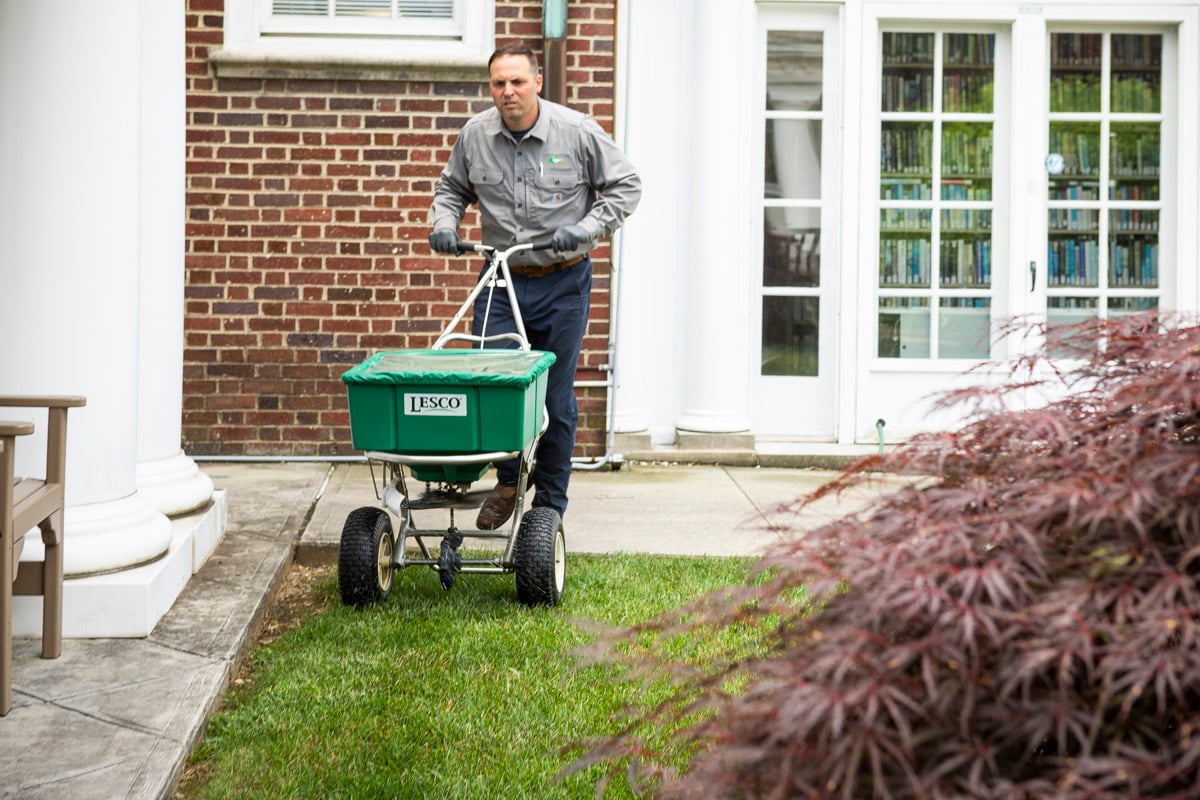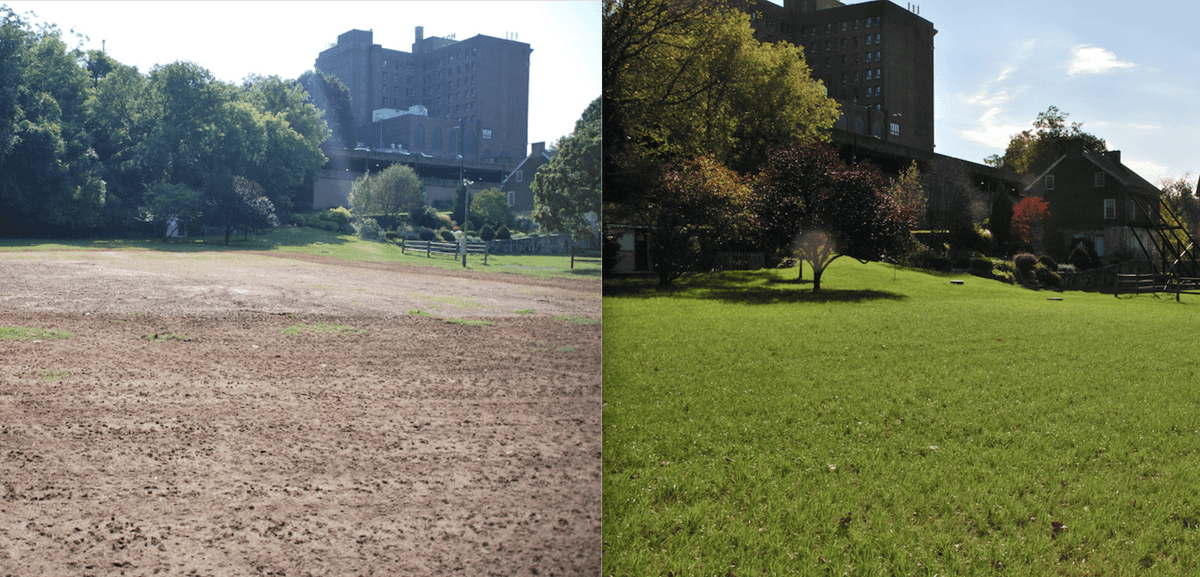As the sun heats up, you’ll likely soon be slathering on the sunscreen and doing what you can to prevent sunburn. But one thing that you might not think much about is your lawn and the fact that it can’t escape the sun.
In fact, you might be surprised to learn that a lawn can actually get sunburnt (or sun-scorched, as it’s also called).
In this article, we’ll talk about how to treat burnt grass from the sun so that you can get back to enjoying your yard to the fullest.
Identifying Sunburnt Grass
While any lawn can get sunburnt if the conditions are right, there are some lawns that will be more prone to this occurrence.
Grass that is exposed to full sun all day (without any shading from trees or nearby structures) is obviously more likely to expose sun-scorching.

Similarly, lawns that are on a hill and are heavily compacted can also be more likely to experience scorching. One of the reasons for this is lack of water.
In sloped areas, the water may run off before it has a chance to be absorbed. Similarly, in compacted lawns, it might not be possible for the water to penetrate deep down to the root zone where it is needed most.
With a lack of water and high sun exposure, lawns can become scorched.
Sunburnt grass typically looks yellow or brown. It’s possible these areas can even die.
How to Fix Sunburnt Grass
There are a few things that you can do to remedy sunburnt grass. For one, you can attempt to prevent some of the problems in the first place by alleviating compaction with a good lawn care program that includes lawn aeration.
The healthier your lawn is, the better it can stand up to stress (like the sun).

But there are other steps you can take, as well.
Proper Lawn Watering to Prevent Sunburnt Grass
You should also aim to implement proper watering techniques. There are quite a few misconceptions about watering a lawn, including the myth that it doesn’t have to be done (Mother Nature will take care of it). This isn’t true.
Lawns can only survive a couple of weeks of drought before they will die. And a lawn that isn’t well-watered, will not be able to withstand sun-scorching, either.
Generally speaking, a lawn requires around one to two inches of water per week whether that be via rainfall or supplemental water from a hose or sprinkler system.
If your lawn is beginning to look dull and you notice footprints “sticking around” after walking across it, it may need more water.
Proper Fertilization
Proper lawn fertilization can also help to remedy an already sunburnt lawn. If you want to get burnt grass green again, make sure that your lawn care company is fertilizing those spots to help provide a boost of nutrients.

Proper Mowing
To fix sunburnt grass and prevent future problems, we would also recommend checking your mowing height.
Oftentimes, homeowners mistakenly mow shorter than they really ought to. The ideal mowing height is determined by the primary grass type on your lawn.
You should mow to only remove one-third of a blade at a time. And though it’s more work, it’s ideal to mow more often (as often as one to two times per week) than to let the grass grow for a while before mowing.
The latter puts too much stress on the lawn.
Will Sunburnt Grass Grow Back?
We understand you are likely worried about whether sunburnt grass will grow back. The answer depends upon the severity. If your grass is truly dead, it isn’t going to miraculously grow back. But oftentimes, homeowners assume their lawn is dead when it’s really not.

A lawn care professional should be able to provide some insight as to whether or not your sunburnt grass will grow back.
Get Burnt Grass Green Again with the Help of a Pro
In severe cases, sunburnt grass isn’t always easily fixed. If you have large areas that have fully died off, you’ll also need to consider re-seeding in the fall and then implementing some prevention strategies going forward.
In some cases, if it’s an issue with turf type and you have a grass variety that just doesn’t stand up to the sun, making a change could be advisable.
Fortunately, you don’t have to figure all of this out on your own. Instead, you can partner with a lawn care professional who can help provide useful recommendations and implement strategies that will get your grass healthier.
Be advised that sometimes, it does require patience. We never want to imply that these are overnight solutions that will instantly fix your problems.
Sunburnt grass doesn’t always bounce back quickly and in cases where it has truly died off, you may need to wait until the fall to fill in those spots.
But with a pro on your side, you can feel confident that you’re taking steps in the right direction. If sun-scorching is a major issue, a pro should be able to guide you toward solutions that will help. Before you know it, you’ll be looking at thick, healthy grass again and enjoying your lawn to the fullest.
With the right care for your lawn, you’ll gain valuable peace of mind. If you’re interested in having your lawn inspected and its health assured, contact us for a free quote or give us a call at 833-JTE-TREE.
Image source: dry grass



